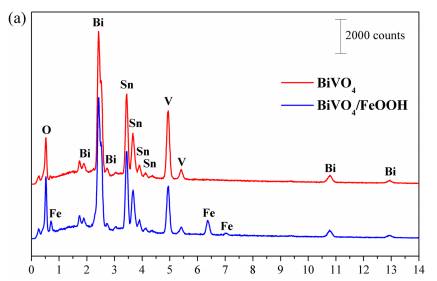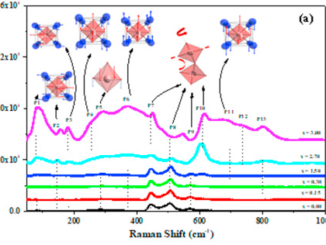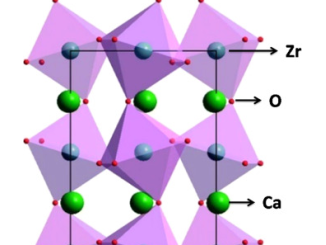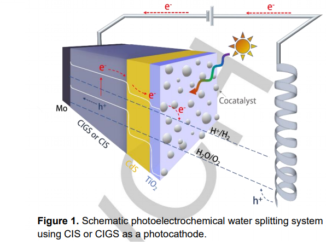
The iron oxyhydroxide role in the mediation of charge transfer for water splitting using bismuth vanadate photoanodes
Abstract: The water photo-oxidation to oxygen on iron oxyhydroxide (FeOOH) deposited on a surface of semiconductor materials play a crucial role in the enhancement of different devices. In order to investigate how FeOOH works to produce O-2 from water splitting, we have investigated the role of a deposited layer of FeOOH on the bismuth vanadate (BiVO4) films. The simple-modified method based on polyethylene glycol was applied to produce BiVO4 nanostructures and a FeOOH photoelectrodeposition methodology was used to cover the BiVO4 film surface. The photoelectrochemistry study for FeOOH modified BiVO4 revealed a 3.4 times increase in the photocurrent at 1.23 V vs. RHE. A possible explanation to the FeOOH mechanism is that it is actually a green rust containing a mixture of Fe (II) and Fe (III) that acts as center of charge transfer mediation and not as a catalyst itself. This hypothesis has been supported by a change absence in the onset potential, no photocurrent saturation, and no change in the charge carrier density. Moreover, the FeOOH also passivated the surface states of BiVO4 as the open circuit potential shifted 70 mV vs. RHE to more positive potentials.
Author(s): de Araujo, MA ; Coelho, D; Mascaro, LH; Pereira, EC
JOURNAL OF SOLID STATE ELECTROCHEMISTRY
Volume: 22 Pages: 1539-1548 Published: MAY 2018
DOI: 10.1007/s10008-017-3774-1




